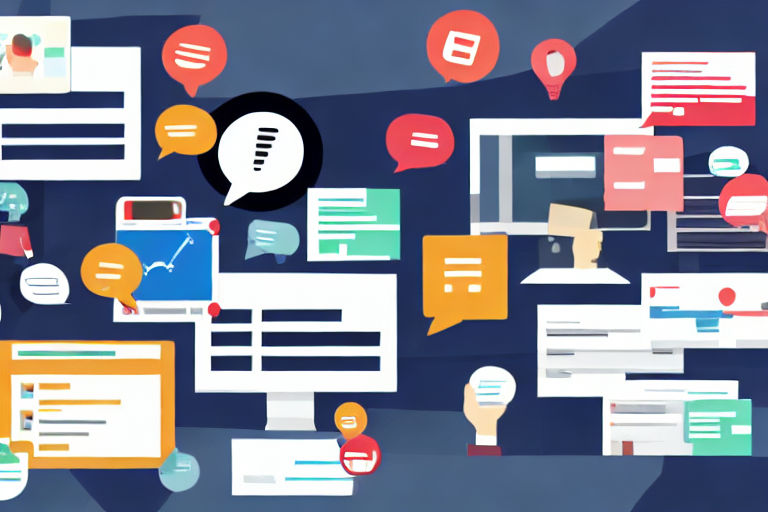A Guide to A/B Testing for Email Marketers
Email marketing is an effective way to reach your audience and influence their purchasing decisions. However, creating a successful email campaign requires more than just sending a message. A/B testing is a valuable tool that email marketers can use to optimize their campaigns.
What is A/B testing?
A/B testing, also known as split testing, is a method of comparing two versions of content. In email marketing, this means sending two versions of the same email to a random subset of your audience. The versions are identical except for one variable, such as the subject line or call-to-action button.
The purpose of A/B testing is to determine which version of the email performs better. By measuring the performance of each version, you can gain insights into what elements of your email resonate with your audience.
Why is A/B testing important?
A/B testing is essential in email marketing because it allows you to make data-driven decisions. Without testing, you're relying on assumptions about what your audience wants to see in their inbox. Testing provides a way to validate those assumptions and make adjustments based on the feedback you receive.
What elements of an email can be tested?
Almost every aspect of an email can be tested, but some elements are more common than others. Here are a few examples:
-
Subject lines: The subject line is the first thing your audience will see in their inbox. Testing different subject lines can help you determine what language and messaging resonates with your audience.
-
Call-to-action buttons: The call-to-action (CTA) button is a critical element of any email campaign. Testing different CTAs can help you identify what language and design works best to encourage clicks.
-
Body copy: The body of the email includes the messaging and content you want to convey to your audience. Testing different versions of the body copy can help you determine what tone and voice resonates with your audience.
How to conduct an A/B test
-
Define your goals: Before you start your A/B test, define what you want to achieve. Are you looking to increase open rates, click-through rates, or conversions? Setting a clear goal will help you determine what elements of the email to test.
-
Identify your variables: Determine which element of the email you want to test. Depending on your goal, this could be the subject line, CTA button, or body copy.
-
Create your versions: Develop two versions of your email, each with one variable changed. Ensure that the two versions are identical in all other respects.
-
Test your versions: Send each version of the email to a random subset of your audience. Ensure that the sample size is sufficient to provide statistically significant results.
-
Analyze the results: After the test period, analyze the results to determine which version performed better. Use these insights to make adjustments to future email campaigns.
Final thoughts
A/B testing is an essential tool for email marketers who want to optimize their campaigns. By testing different variables, you can gain insights into what resonates with your audience and make data-driven decisions. Remember to set clear goals, identify your variables, create your versions, test, and analyze to get the most out of your A/B testing efforts.



